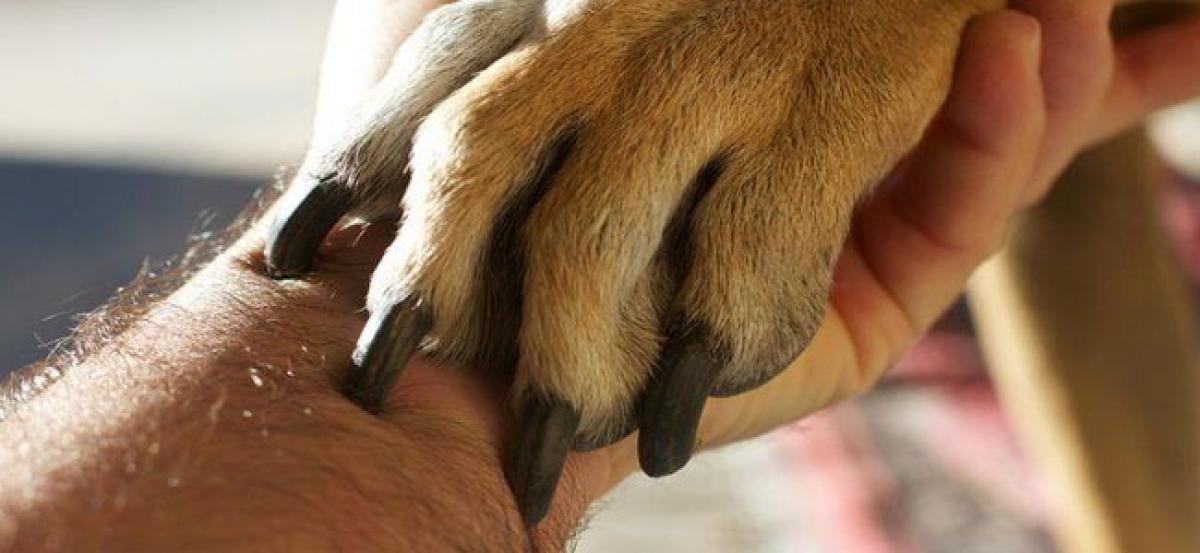Live
- Educating youth about importance of maintaining a healthy liver
- Nine candidates enter the poll fray on first day
- IIT-K, BFI forge partnership to accelerate healthcare innovation
- Nurture self-confidence and growth
- Nominations filed for Kurnool & Nandyal constituencies
- YSRCP’s ‘poor’ candidate owns assets of Rs 161 crore
- 12 nominations filed on Day-1
- Infy profit zooms 30% to ₹ 7,969cr in Q4
- Only 9.83 pc candidates are women in NE states
- YSRCP Bheemili MLA candidate visits various wards
Just In
Key difference between humans and other mammals skin deep


Humans are unique among mammals when it comes to the types and diversity of microorganisms on our skin, which could have implications for our health and immune systems, a study has foundResearchers from the University of Waterloo and the University of Guelph in Canada conducted the most comprehensive survey of mammals to date
Toronto : Humans are unique among mammals when it comes to the types and diversity of microorganisms on our skin, which could have implications for our health and immune systems, a study has found. Researchers from the University of Waterloo and the University of Guelph in Canada conducted the most comprehensive survey of mammals to date.
The study, published in the journal PNAS, found that human microbiome - the collection of microorganisms such as bacteria, fungi, and viruses that naturally occur on our skin - contains significantly less diversity than that of other mammals. "We were quite surprised when we saw just how distinct we humans are from almost all other mammals, at least in terms of the skin microbes that we can collect with a swab," said Josh Neufeld, a professor at the University of Waterloo. "The first line that gets hit by modern hygienic practices is our skin," said Ashley Ross, a graduate student at Waterloo at the time of the research.
"Our skin is the largest organ of the body and the main barrier to the external environment," said Ross. Living in homes, bathing and wearing clothing may all have contributed to the unique makeup of microbial communities on human skin. Habitat was another important factor linked to the skin microbes on mammals that were sampled for this study. Despite these important influences on mammalian skin microbial communities, the study found evidence that microbial communities on mammalian skin may have changed over time with their hosts, a phenomenon called phylosymbiosis.
"We were able to measure phylosymbiosis between some of the mammalian classes and the corresponding communities on their skin," said Kirsten Muller, a professor at Waterloo. "It is exciting that we can still see this signal despite the contribution of habitat to the skin microbial community," said Muller.

© 2024 Hyderabad Media House Limited/The Hans India. All rights reserved. Powered by hocalwire.com






